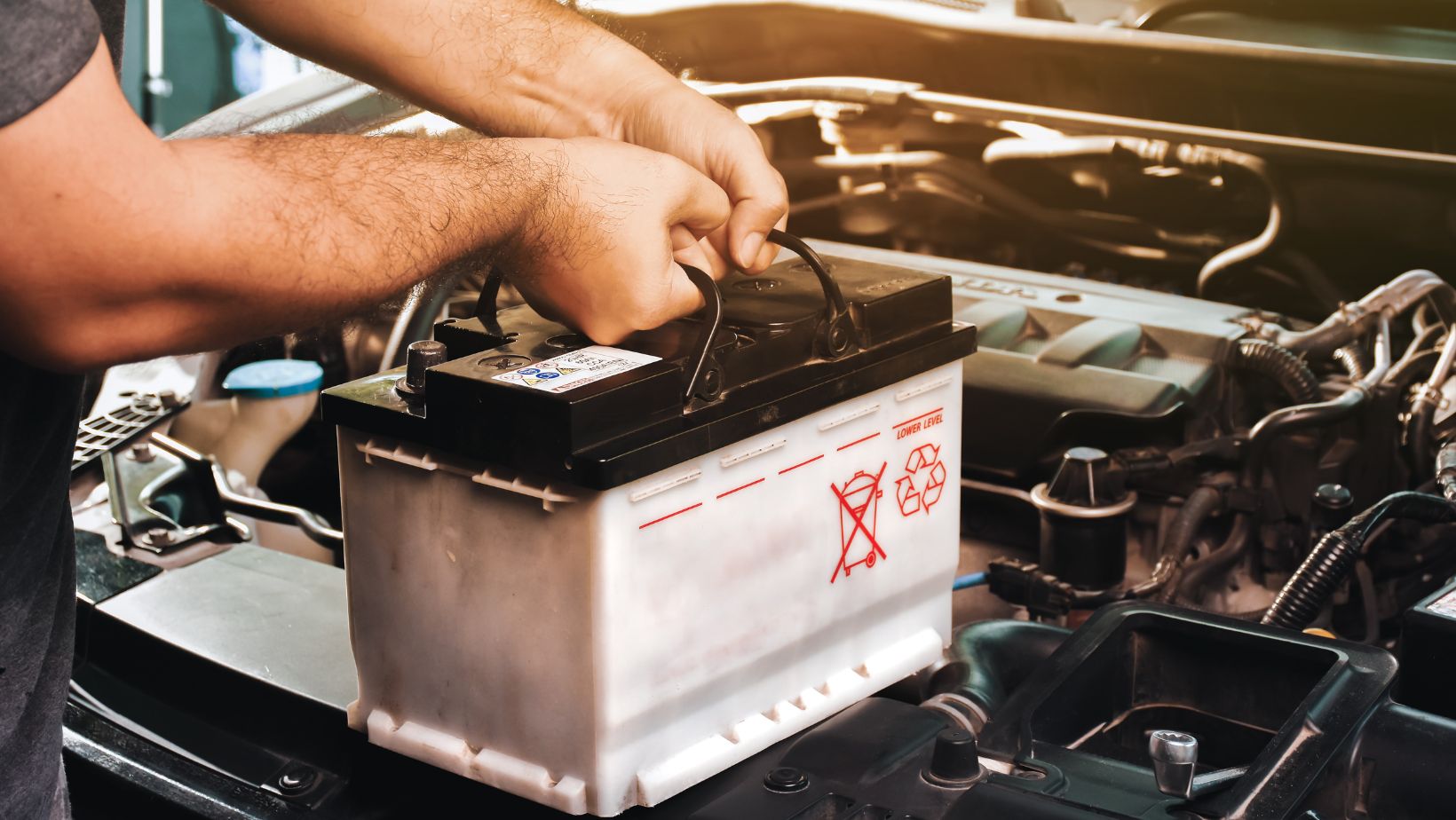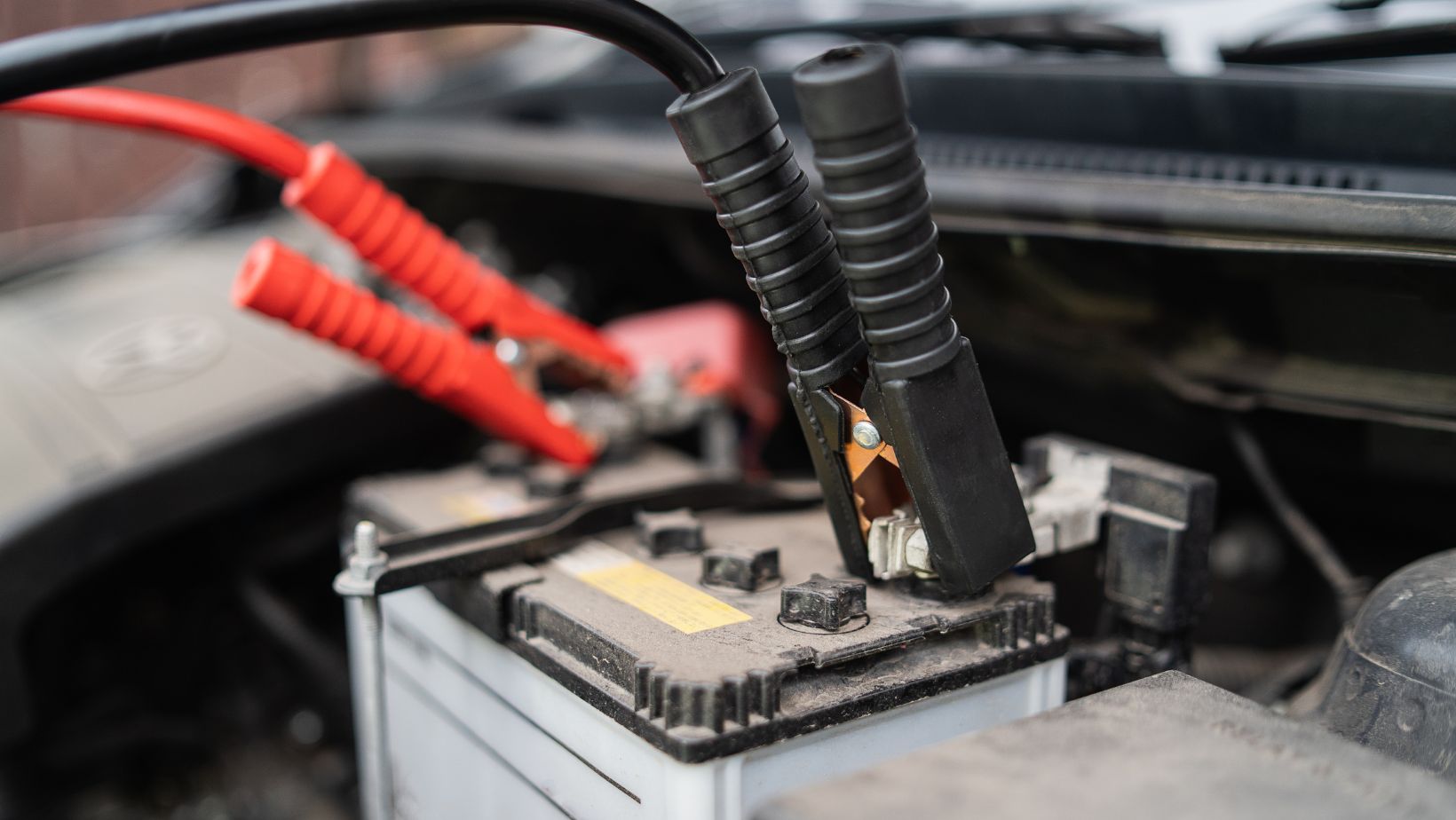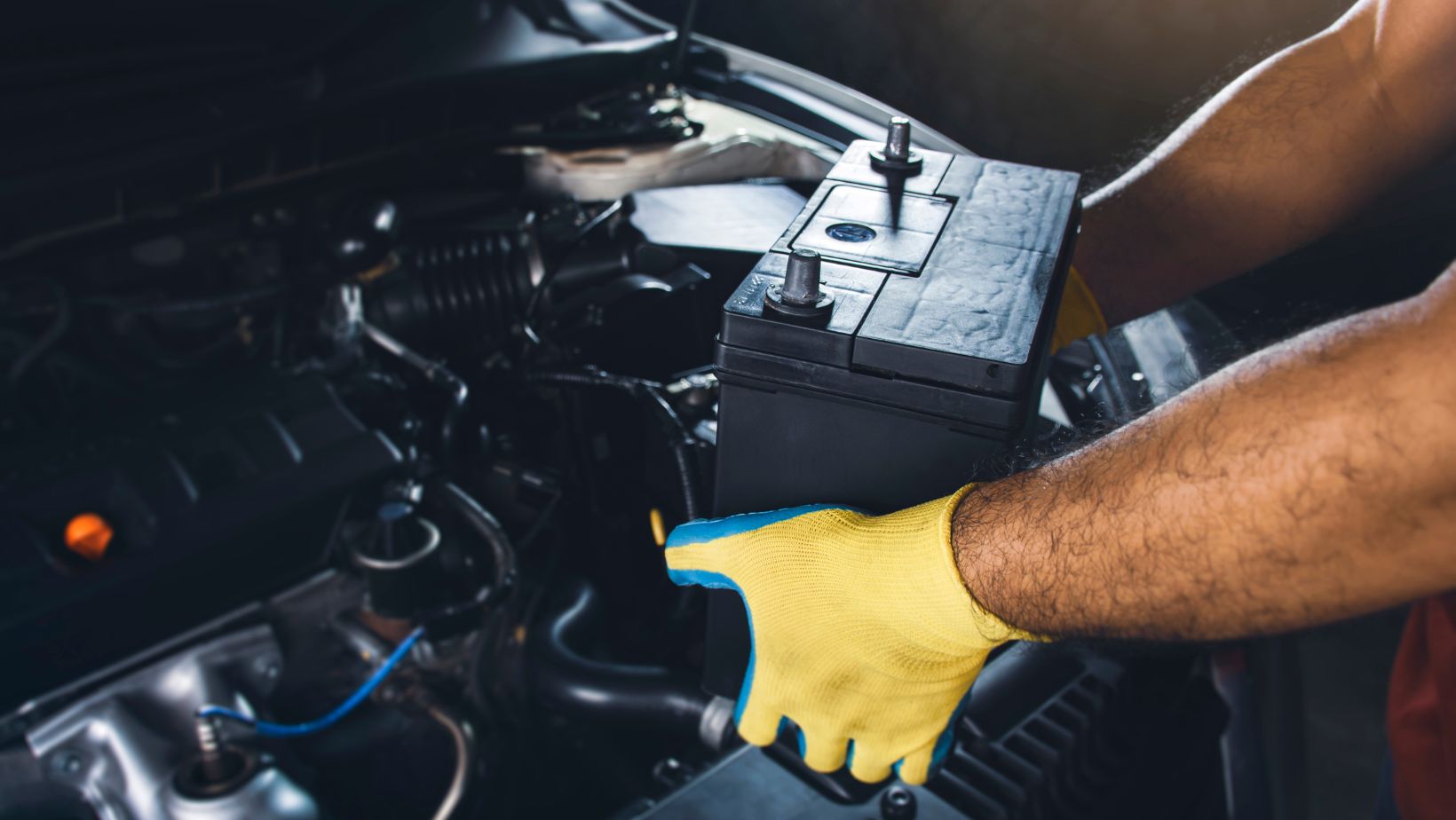
Batteries are the most important part of a car’s power system. They provide the power that the engine and different electrical parts need to start. But many people make simple mistakes when they work with car batteries that can shorten their life, make them work less well, or even put them in dangerous situations.
To keep your battery healthy and effective, you need to know about these mistakes and how to avoid them.
Ignoring Safety Precautions
Not taking safety steps is one of the most common mistakes people make. There is sulfuric acid in car batteries. This acid is very acidic and can hurt you badly if it gets on your skin or eyes. When working with car batteries, you should always wear safety glasses and gloves. Make sure you work in a room with good airflow so you don’t breathe in any dangerous fumes.
Also, keep any sparks or open fires away from the battery to avoid explosions.
Incorrect Battery Installation
Another common mistake is installing something incorrectly. When putting in a car battery, make sure the terminals are properly linked to the positive and negative posts. If you switch the direction, you could seriously hurt the car’s electrical system.
Make sure the terminal connections are tight with a wrench but don’t overtighten them because that can damage the terminals and make the links less reliable.
Allowing Corrosion to Build Up
A common problem that can stop the flow of power is corrosion on the battery terminals. Some drivers don’t clean their battery connections enough, which makes their cars run poorly. To keep the connections from rusting, clean them with a wire brush and a mixture of baking soda and water.
Putting a thin film of petroleum jelly on the terminals can also help keep them from rusting in the future.
Failing to Secure the Battery Properly
Having a loose battery can lead to many issues, such as short circuits and physical harm. Make sure the battery is firmly attached to its tray. A battery clamp or clip is built into most cars to keep the battery in place. If your battery is loose, it can move around while you’re moving, which could damage it and shorten its life.
Overcharging or Undercharging
Neither overcharging nor undercharging a battery is good for it. If you overcharge the battery, it could get too hot and burst. On the other hand, if you undercharge it, sulfation can happen, which is when sulfate crystals form on the battery plates and lower their capacity.
To keep your batteries from overcharging, use a good charger that turns off by itself. Check your battery’s charge level often and make sure it stays in the right range.
Ignoring Battery Maintenance
Many car owners don’t do regular maintenance on their batteries, which can cause them to fail when they least expect it. If the battery isn’t maintenance-free, check the water level in it often. If you need to, add more pure water. Also, look at the battery for any signs of damage or wear, like cracks or bulges in the case, and replace it if it needs to be.
Using the Wrong Type of Battery
Putting in the wrong kind of battery for your car can cause a lot of problems. Always check the owner’s manual for your car to find out what size, type, and specs of battery you need. When you use a battery that doesn’t meet the requirements, it might not work well, last as long, or even damage the vehicle’s electrical system.
Not Testing the Battery Regularly
Many people don’t test their car batteries often enough, which can cause them to break down when they least expect it. Your battery tester can help you keep an eye on its health and figure out when it needs to be changed. You can find possible problems with your car before they become big ones by testing it regularly. This will keep your car reliable.
Leaving the Lights or Electronics On
Many people make the mistake of leaving their car gadgets or lights on when the engine is off. This can quickly drain the battery. Before getting out of your car, always make sure that all of the lights and electronics are off. To keep the battery from draining by mistake, you might want to install an automatic shutoff system or a battery-saving device.
Failing to Disconnect the Battery Properly
It’s important to follow the right steps when taking the battery out to avoid short circuits and other electrical damage. It is always best to separate the negative end first, then the positive end. First, connect the positive terminal, then the negative terminal when you’re ready to reconnect. This order helps keep short circuits from happening by mistake.
Using Improper Jump-Starting Techniques
If you jump-start a car the wrong way, you could seriously hurt the battery and electrical system. When jump-starting the car, connect the donor battery’s negative end to a metal base and the dead battery’s positive end to the donor battery’s positive end.
Also, if you connect the negative terminal straight to a dead battery, sparks could fly and any hydrogen gas that the battery gives off could catch fire.
Ignoring Battery Age
Batteries for cars only last a certain amount of time, usually three to five years. A lot of people don’t pay attention to how old their battery is, which can cause it to fail suddenly. Keep track of how old your battery is and change it before it stops working. You can tell when it’s time for a replacement by trying and maintaining it regularly.
Maintain Your Battery for Reliability and Safety
Taking care of your car batteries the right way is important for their safety and dependability. Always follow the instructions given by the maker, and check your owner’s manual for specific advice on how to take care of your car’s battery. In the long run, taking good care of your car battery will save you time, money, and maybe even some stress.
















